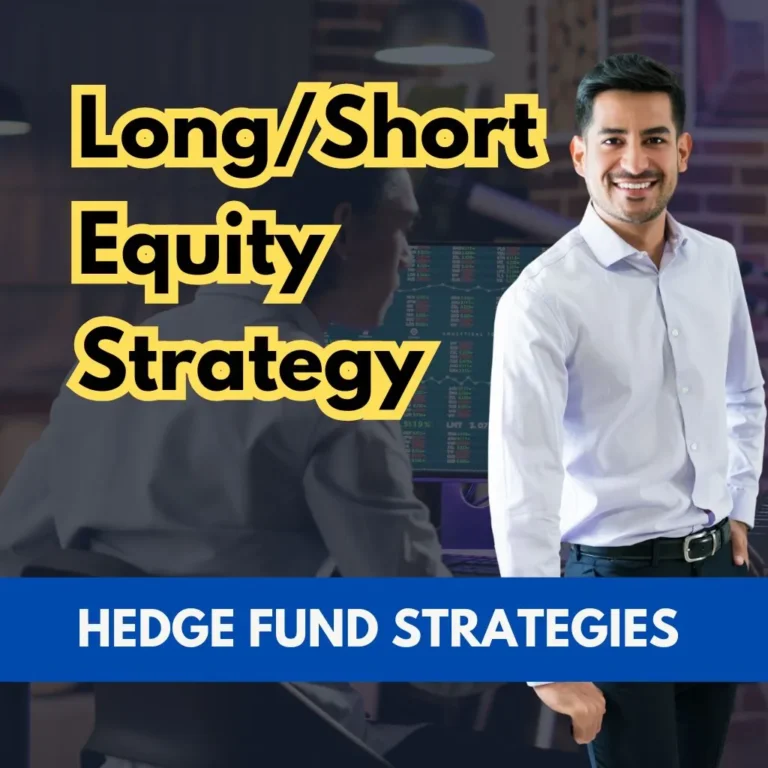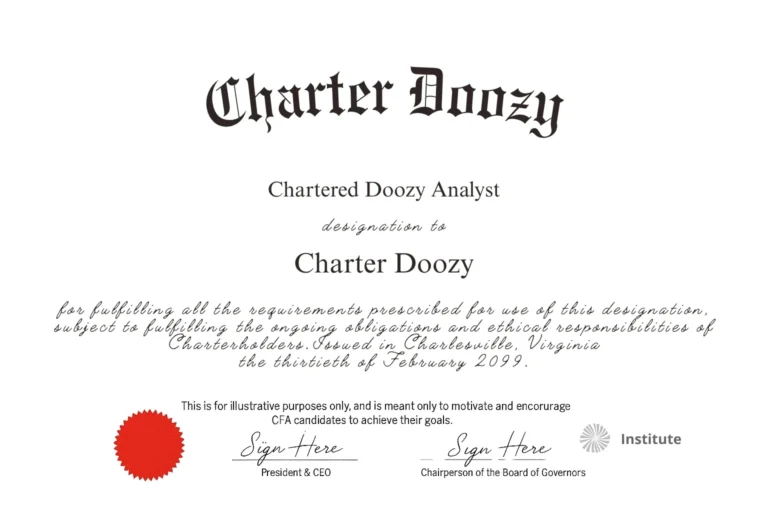What Is a Multi-Strategy Hedge Fund?
Among the many hedge fund approaches, the multi-strategy model stands out for its adaptability and built-in diversification.
Rather than committing to a single investment style, a multi-strategy hedge fund operates as a platform encompassing several independent investment teams or sub-strategies.
These can include long/short equity, event-driven strategies, fixed-income arbitrage, macro trades, and others. The central premise is that no one strategy is consistently optimal across all market environments.
By spreading capital across multiple strategies, the fund seeks to generate a smoother return profile while managing overall risk more effectively.
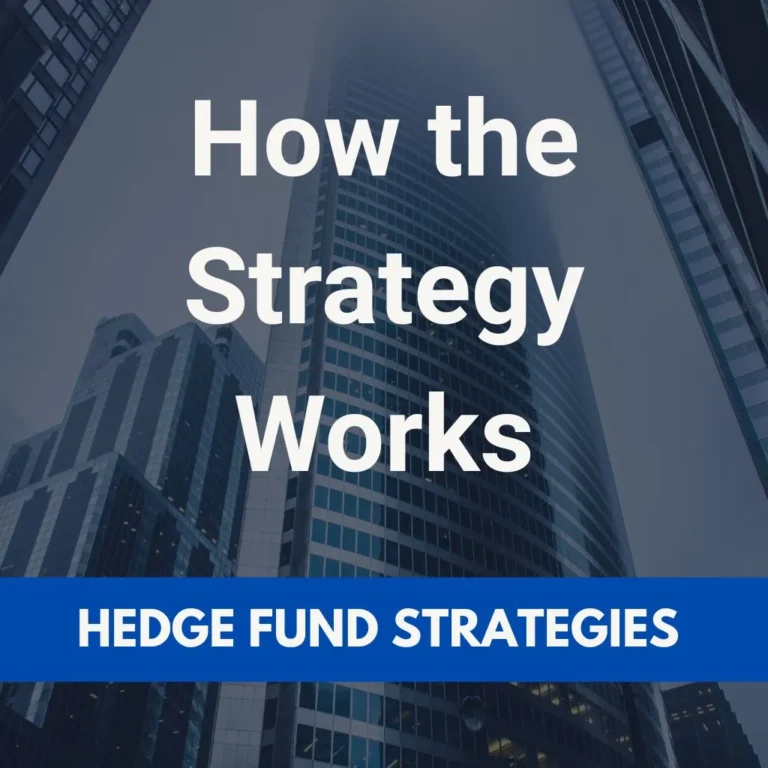
How Do Multi-Strategy Hedge Funds Work?
The inner workings of a multi-strategy hedge fund often resemble a decentralized asset management firm within a single investment vehicle. Portfolio managers or specialized teams are allocated capital to run their own strategy mandates independently.
These teams may be segmented by asset class, region, or style. Above them sits a central investment committee or chief investment officer responsible for allocating capital among teams, monitoring risk exposures, and dynamically rebalancing based on relative performance or shifting market dynamics.
One of the key operational elements is that strategies are not weighted equally at all times.
Instead, allocations evolve depending on which strategies present the best opportunities or offer protection in volatile periods.
If, for example, macro volatility spikes due to geopolitical tensions, the CIO might reallocate capital toward macro or rates teams while pulling back from equity long/short teams more exposed to market directionality.
This dynamic capital allocation process is core to the multi-strategy advantage.
Interested in Learning About Other Hedge Fund Strategies?
Examples That Bring the Strategy to Life
To understand what a multi-strategy fund might look like in practice, consider a hypothetical allocation: One team might be long/short equity specialists trading tech and consumer stocks, seeking alpha from relative mispricings.
Another team might engage in merger arbitrage, exploiting pricing inefficiencies around pending M&A activity.
A third desk could be executing fixed-income arbitrage trades in sovereign debt or interest rate swaps, while yet another could be managing directional macro positions in currencies or commodities.
All of these desks operate independently but under the same risk umbrella, coordinated through a central hub of governance and oversight.
What makes this structure particularly powerful is its ability to adapt.
If one strategy stalls or enters a challenging environment, others can step up, preserving performance and reducing drawdowns.
The result is often a more stable return stream than that of a single-strategy fund that might be vulnerable to specific market shocks.
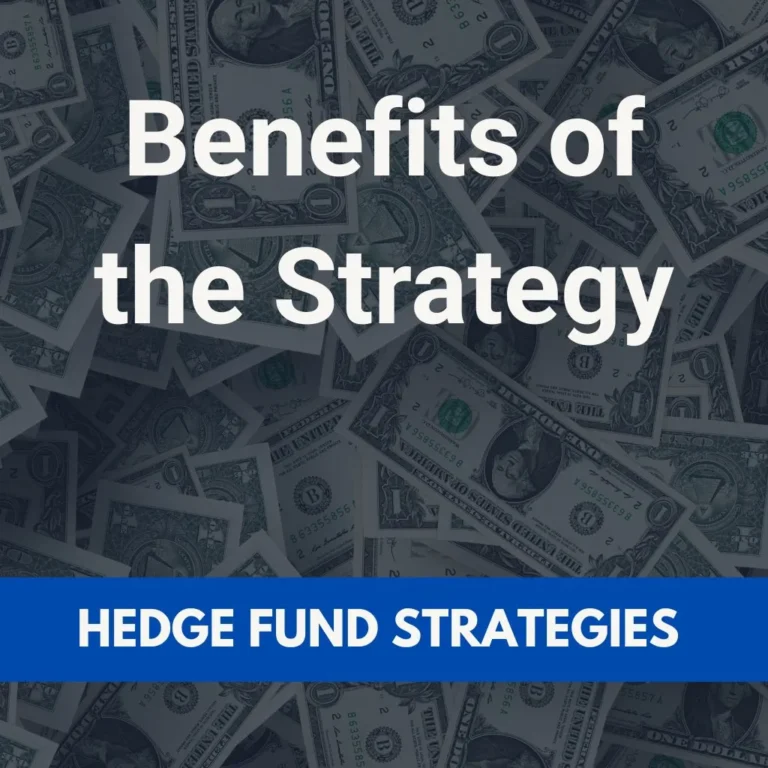
Why Institutions Favor Multi-Strategy Funds
Institutional investors (especially large pension funds, endowments, and family offices) are often drawn to multi-strategy hedge funds for their potential to offer attractive risk-adjusted returns and consistency across cycles.
While individual strategies may be volatile or cyclical, the multi-strategy format spreads exposure and improves the chance of capturing alpha in diverse environments.
Furthermore, the centralized control of risk allows investors to allocate capital without needing to manage dozens of separate manager relationships.
Another appeal is the fund’s ability to pivot. In years when merger activity dries up or macro conditions remain stagnant, capital can be reallocated to areas with higher expected returns.
That type of responsiveness is difficult to achieve in a traditional long-only or even single-strategy hedge fund.
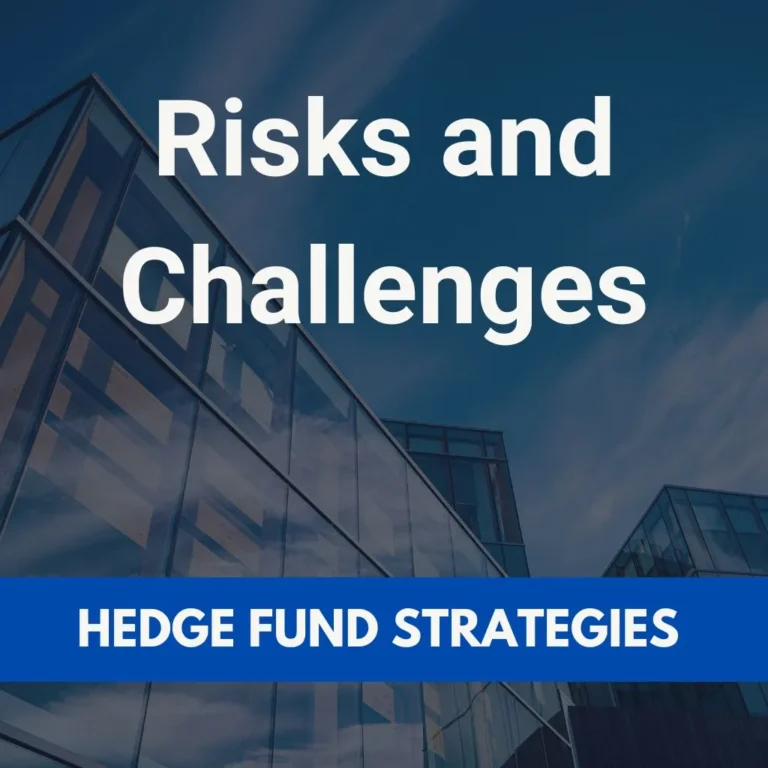
The Risks Behind the Complexity
Despite its strengths, the multi-strategy model is not without risks.
The complexity of running such a fund introduces operational challenges.
Each underlying strategy has its own infrastructure, execution demands, and risk profile.
Performance attribution can become opaque, and investors may find it hard to pinpoint what’s truly driving returns… or losses.
Coordination risk also becomes a factor.
Without rigorous central oversight, strategies may inadvertently become correlated or concentrated, undermining the diversification benefit.
There is also key-person risk, particularly if the fund relies heavily on a star CIO or a few dominant strategy heads.
The departure or misjudgment of a core leader can ripple through the portfolio.
And finally, fees in multi-strategy hedge funds tend to be high, reflecting the layered complexity and institutional caliber of talent required to manage the platform.
Final Thoughts for the CFA Candidate
For CFA candidates exploring hedge fund strategies, the multi-strategy approach is a fascinating study in capital allocation, risk management, and institutional investing.
It reflects a shift from static investing toward a more agile, research-driven, and team-based approach.
Understanding how these funds operate gives candidates a richer perspective not only on hedge funds, but on portfolio construction, active management, and investor psychology.
In the end, multi-strategy hedge funds offer a compelling case for thoughtful diversification and centralized oversight.
Their structure embodies the belief that alpha can come from multiple places… and that smart, adaptive management is the key to finding it.

